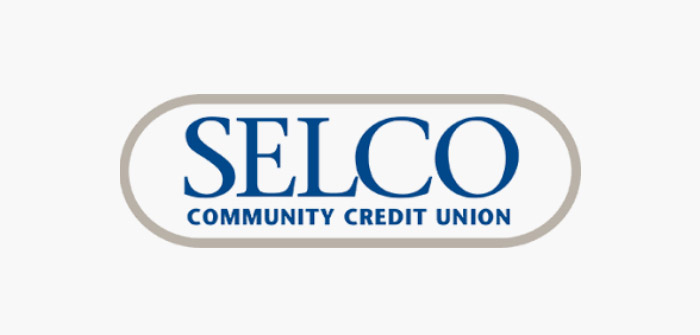Shifting resources to fill in for an employee who is on vacation, sick or otherwise away from the office is a challenge every manager and business owner faces. It simply comes with the territory.
But when my employer, SELCO Community Credit Union, enacted an Employee Volunteer Program in February, that challenge seemed more daunting.
As it would be for any business, adopting an EVP was a complex decision for SELCO. For one, it requires a significant financial investment. Such programs encourage, and in many cases, including at SELCO, subsidize employees to spend time volunteering during normal business hours. But as a manager, my more immediate concern was filling holes left by employees missing additional hours and days of work.
In the nearly one year since SELCO formally adopted the program, I can say that many of the anticipated challenges are indeed real. But they can also be easily managed. What’s more, I am now convinced that a well-managed EVP is worth every moment of work time that has been redirected to a worthy cause.
SELCO already had a long history of supporting employee volunteerism. But a formal EVP has been a different animal. At SELCO, every employee is afforded 20 paid hours per year to volunteer with nonprofits of their choice. If you do the math, that could total more than 7,000 hours across the organization.
With over 1,000 volunteer hours logged so far, the commitment has been significant. But the benefits have far outweighed the costs.
I have been heartened by how many employees have embraced the opportunity. In the first ten months of the program, about a third of our local employees have participated, a trend that is consistent across our branches throughout Oregon. And it’s been exciting to see the array of nonprofits that our employees have chosen to support, whether it be local education foundations or charities such as Habitat for Humanity and the Humane Society.
The return for SELCO doesn’t show up on any balance sheet, but it can be seen in our employees. Because they choose the organizations they support, our employees are passionate about their causes and become strong ambassadors for SELCO. Even more, we have seen employees further develop their professional and leadership skills, taking advantage of development opportunities that ordinarily might not be found in their day-to-day duties at the credit union.
In addition, we have seen a boost in morale. By inviting employees to engage in causes important to them, they not only experience the joy that comes from volunteering, they also feel more connected to SELCO. “My employer cares about what I care about” is a notion that our employees have expressed repeatedly since our program launched. And because of this, employees have been more than willing to bridge the gap left by the increase in paid time away from the branch.
We can also see the benefits in those who have recently joined the SELCO team. Without prompting, newly hired employees have noted that community involvement was a major factor in choosing to work at SELCO. And in what has been a historically competitive candidate market, SELCO’s turnover rate has decreased since our volunteer program began. This saves on the time and cost required to find, hire and onboard new employees, making up for some of the work time lost from the program. And, simply put, happier employees tend to be more engaged and productive in their jobs.
Of course, there are business advantages to be gained, too. A successful EVP has the immeasurable potential to strengthen the bonds with the community, which helps any business.
EVPs are not one-size-fits-all. Each business that chooses to adopt one should design its program so that it is an asset for the community and remains true to the company’s mission. But I can say without reservation that most any concern can be managed, so long as the business takes care in creating clear processes and a strong support system.
EVPs take a lot of effort and investment, but they are worth it. In the end, businesses, employees and — perhaps most importantly — the community benefit in tangible, meaningful and lasting ways.





